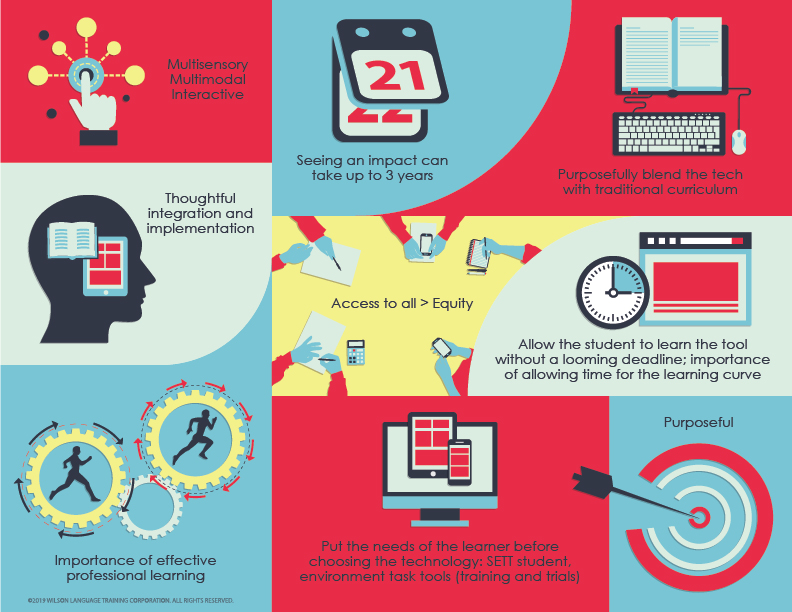Assistive Technology
The federal Individuals with Disabilities Education Act (IDEA)defines assistive technology as any piece of equipment or product “that is used to increase, maintain, or improve the functional capabilities of children with disabilities.”
Assistive technology (AT) is not intended to replace reading, but can be a powerful supplement for students with dyslexia and other learning disabilities.
Over the past decade, great advances have been made in technology that supports students with documented need. Although not a replacement for explicit reading instruction provided by professionally trained teachers, AT tools are geared toward visual, auditory, or kinesthetic learning approaches to help level the playing field for students with learning challenges.
Families and educators can find information about navigating AT options through a variety of resources, including the Center on Technology and Disability, the International Dyslexia Association (IDA), the Quality Indicators for Assistive Technology, Understood, and Wrightslaw.
More information also can be found in the article Assistive Technology Overview for Parents of Students with Learning Disabilities by Wilson Senior Educational Technologist Nanci Shepardson.






